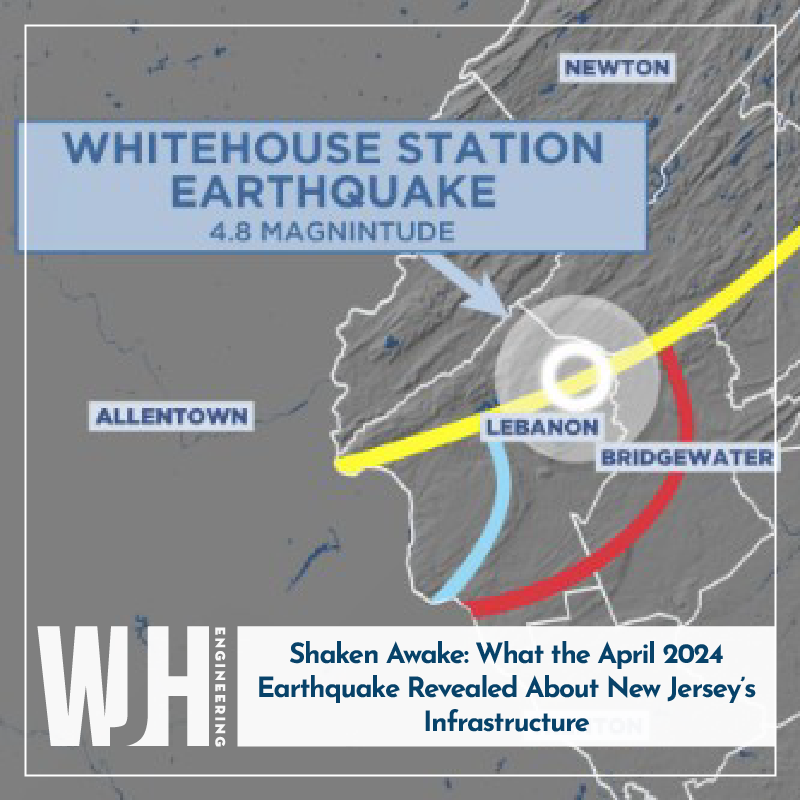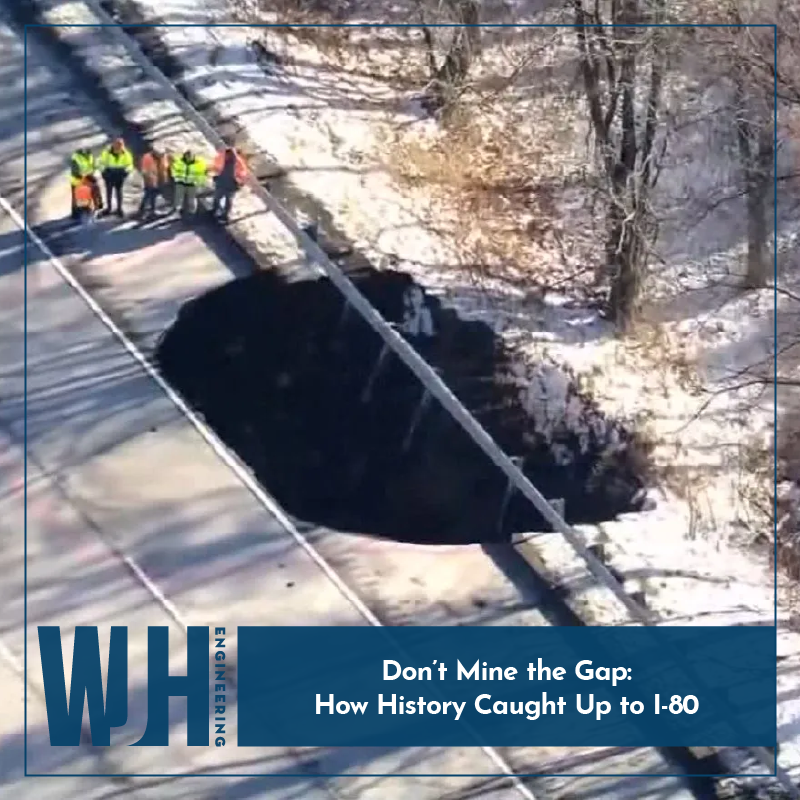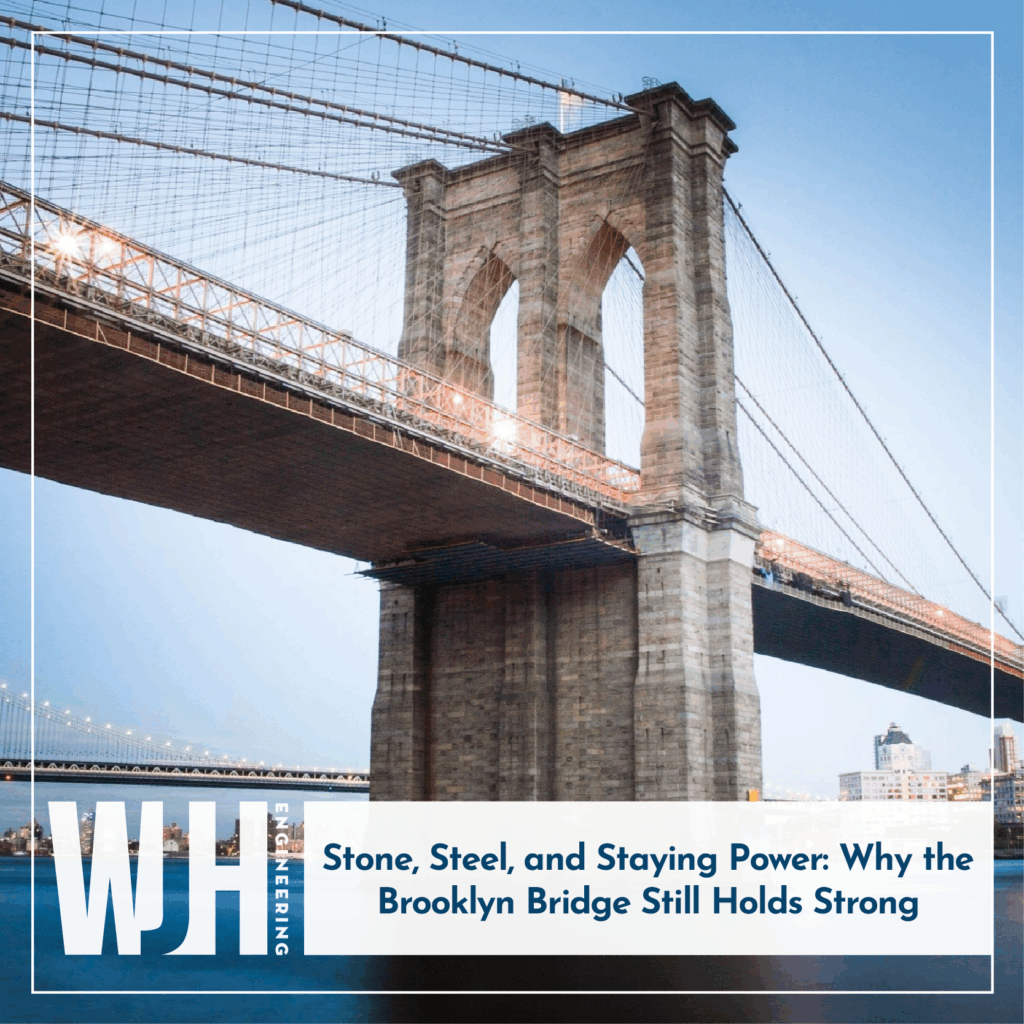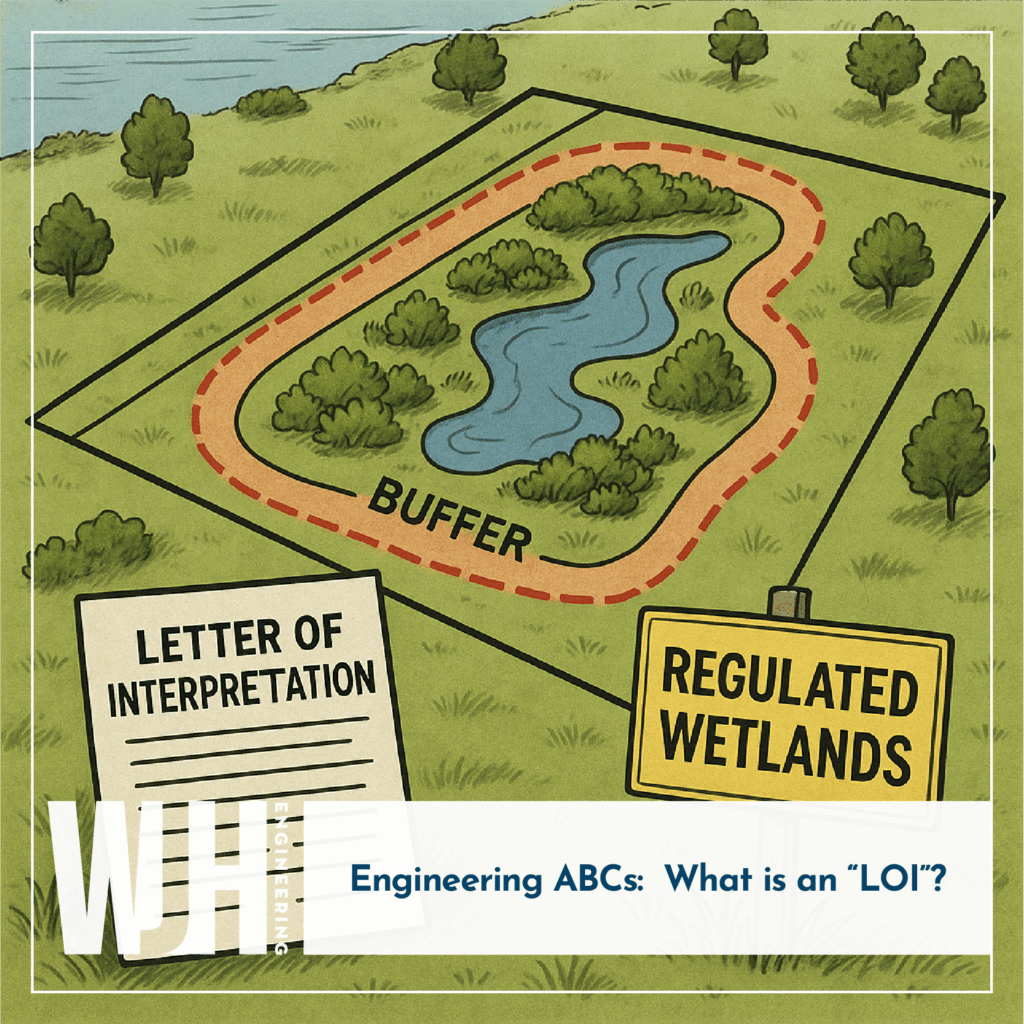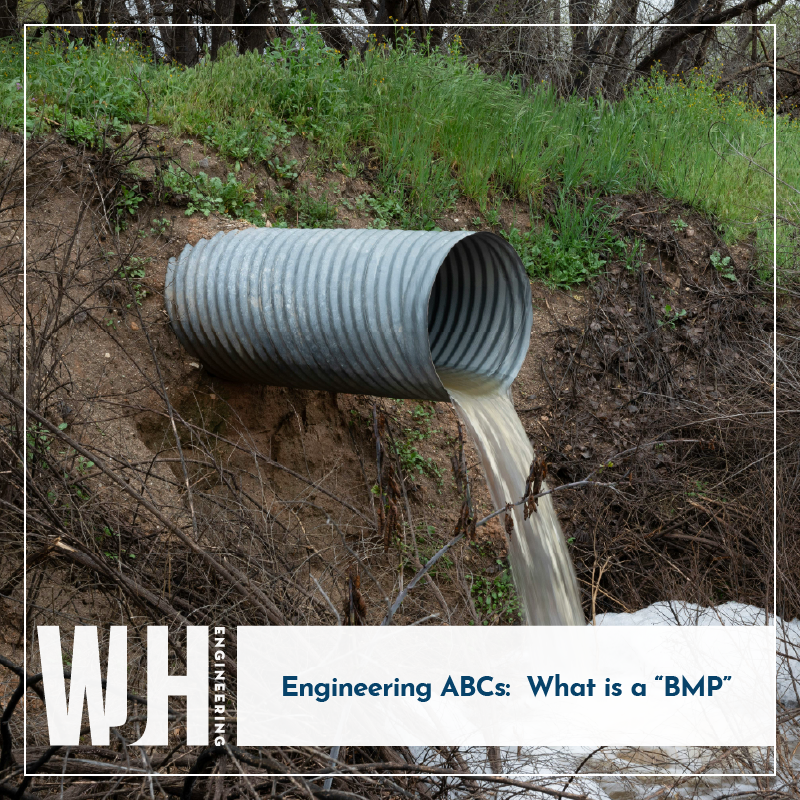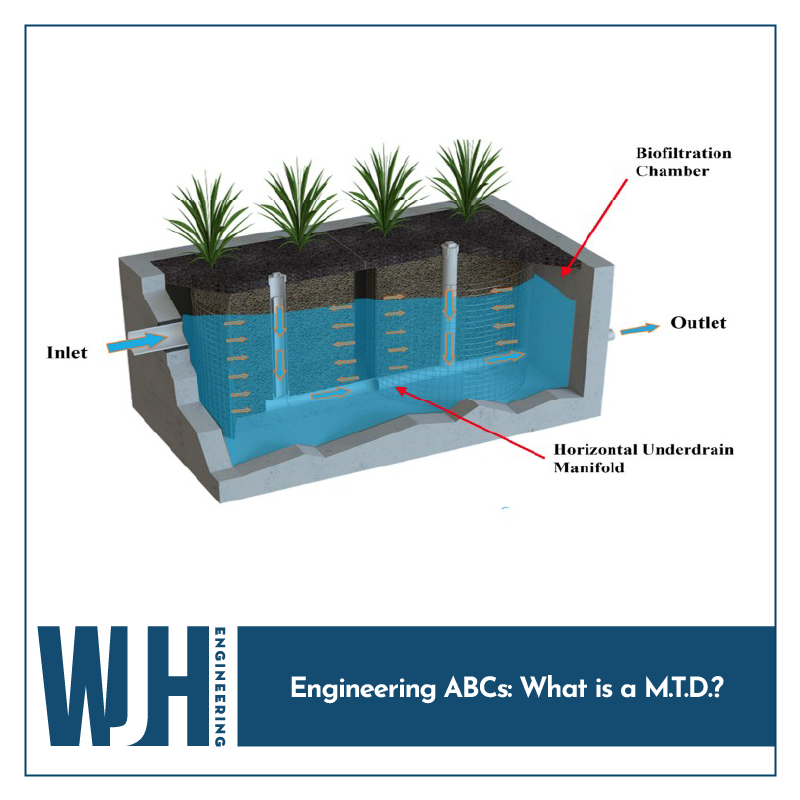
Engineering ABCs: What is a M.T.D.?
When it rains or snows, stormwater accumulates debris and pollutants in its path. If left untreated, sediment from construction sites, oils from parking lots, and all other forms of trash and debris would enter our local waterways during every rainstorm. That’s where Manufactured Treatment Devices (MTDs) come in. These engineered systems act like filters for stormwater, removing pollutants before the

